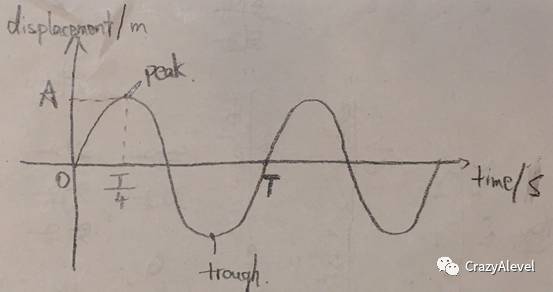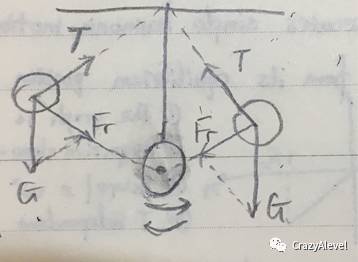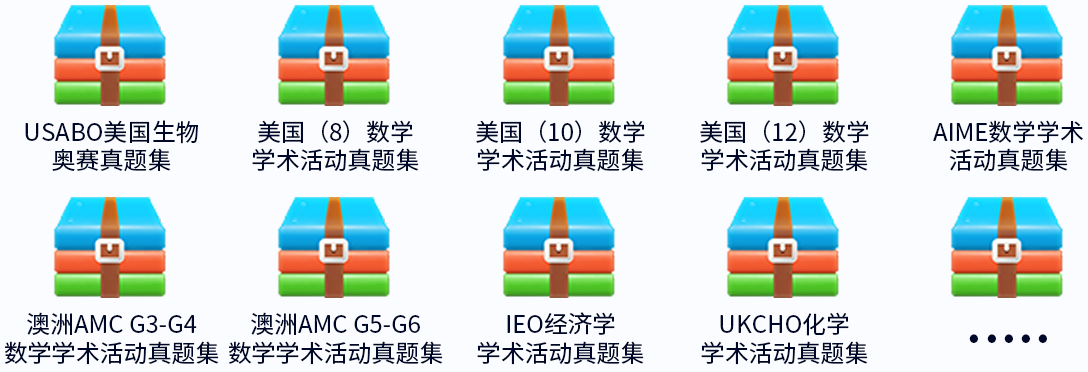- 翰林提供学术活动、国际课程、科研项目一站式留学背景提升服务!
- 400 888 0080
【A-Level物理】重难点解析 | 简谐运动(上)
首先我们来看什么是波动(oscillation):
Oscillation is a repeating back and forth movement on either side of an equilibrium position.
也就是说,是围绕一个平衡位置的前后运动,在我们荡秋千时,最低的点,就是这个equilibrium position。
现在我们来看如何形容一个oscillation:
振幅(Amplitude):the maximum displacement from the equilibrium position.
周期(Period):the time taken for one complete oscillation.
频率(frequency): the number of oscillations per unit time.
相位(phase): it describes the point that an oscillating mass has reached within the complete cycle of an oscillation.
相位差(phase difference):the degree by which one oscillation leads or lags behind another oscillation.

此图为例,最高点叫peak,最低点叫trough,一个周期是一个完整的波动所占用的时间(T);
peak到横轴的距离,就是最大的displacement,叫做amplitude;
频率等于周期分之一(f=1/T),单位为赫兹Hz,很多时候会用角速度ω(angular frequency),ω=2πf,单位为radians;
至于相位,我们把一个完整的周期当成2π,那么比如图中的peak的相位就是π/2.
相位差呢,是针对两个或多个波动来说的,两个信号上同样的点(比如两个peak)之间的相位差就是两个信号的相位差。
描述完波动,我们来看简谐运动。
举个例子:最经典的,就是钟摆,围绕着中间的平衡位置一直波动,那么这种波动和普通的波动区别在哪,满足哪些条件才能被称为简谐运动呢?
1. A mass that oscillates
2. A position where the mass is in equilibrium
3. A restoring force that acts to return the mass to its equilibrium position (the force is directly proportional to displacement from equilibrium position and directed towards the equilibrium position or a fixed point)
以上是满足简谐运动的条件,很容易考到,尤其是第三点,在判断是否是简谐运动的时候很重要,因为很多运动都可以满足前两个条件,所以一定要看使物体回到平衡位置的力是否是指向一个固定的点的,比如:

在这张图中,运动的小球受到绳子的拉力T,重力G,在任何一个位置,受到的合力都是指向平衡位置的那个点的,所以这是个简谐运动。

最新发布
© 2025. All Rights Reserved. 沪ICP备2023009024号-1









